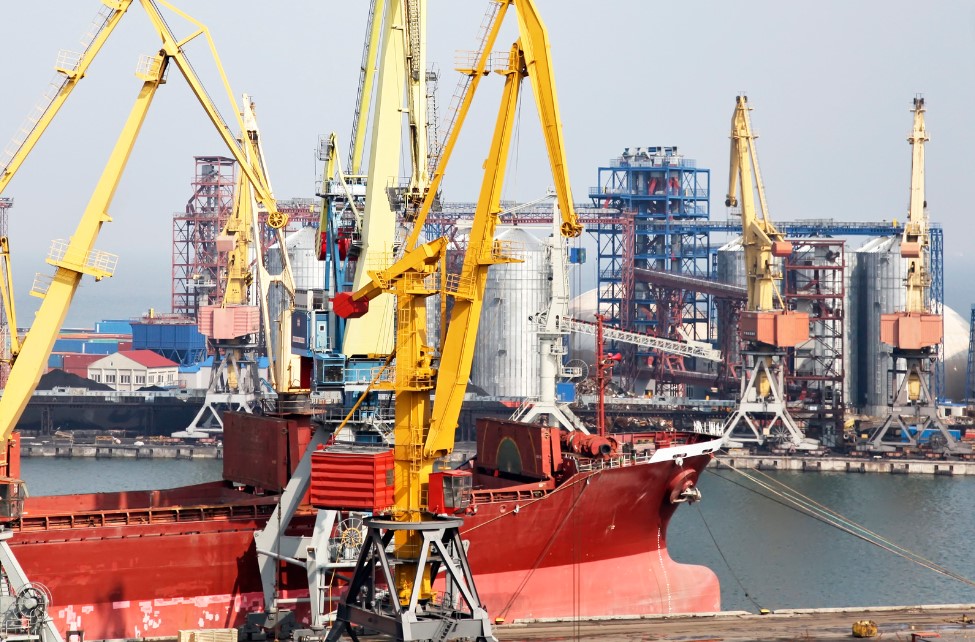On October 3, 2025, Ukraine Business News reported that Ukrainian ports continue to show robust growth despite daily war-related threats and Russian missile attacks. In 2025, container throughput reached 134,100 TEU, surpassing the entire 2024 figure of 129,900 TEU, and marking a recovery toward pre-war volumes when 2021 saw over one million TEU handled. This performance underscores Ukraine’s ability to maintain vital trade flows, with exports exceeding 66,000 TEU, imports over 63,000 TEU, and transit accounting for more than 4,000 TEU. The operational stability of these ports carries strategic implications for the EU, supporting supply chains for grain, metals, and manufactured goods essential to European industries. The expansion of alternative transit routes through the Baltic and Danube is generating significant economic benefits for Latvia, Lithuania, Estonia, and Romania, bringing hundreds of millions in transit revenue and logistics contracts.
European economies benefit from sustained Ukrainian port operations
Stable Ukrainian port activity directly benefits EU economies by reducing agricultural product prices for Southern European states such as Spain and Italy. Reliable deliveries ease inflationary pressures and strengthen food security at a time of global instability. This fosters competitive advantages for European companies dependent on Ukrainian raw materials. The stability of these flows reinforces Ukraine’s role in restoring European markets, countering Russian efforts to portray Kyiv’s support as an undue burden.
Baltic transit routes strengthen northern Europe’s logistics and security
Baltic states are profiting significantly from Ukrainian container transit, fostering port development and creating additional jobs. These nations are emerging as vital nodes in European supply chains, reducing the EU’s vulnerability to Russian energy and logistics leverage. Expansion of Baltic hubs strengthens NATO’s northern flank, tying economic integration to regional security. Moscow’s efforts to fracture alliances face growing resistance as shared economic interests strengthen cooperation.
Danube corridor emerges as a strategic logistics artery
The Danube corridor, centered on Romania’s Constanța port, is developing into a critical route for Ukrainian exports and imports. This enhances Romania’s infrastructure and strengthens its regional position. For the EU, it offers an alternative supply path that mitigates risks in the Black Sea, demonstrating that Ukrainian logistics remain adaptable even in wartime.
Predictability in Ukrainian logistics benefits European industries
Companies in machinery, food processing, and chemicals benefit from the reliability of Ukrainian cargo handling. Steady access to Ukrainian resources sustains production rates and reduces dependency on unstable sources. This strengthens the EU internal market and enhances competitiveness, giving governments further reason to support Ukraine as a strategic partner. Russian narratives portraying Ukraine as a weak link lose credibility as Kyiv reinforces European stability.
Port resilience as a strategic asset for the EU
The strength of Ukrainian ports is emerging as a strategic factor for the EU itself, enabling route diversification and creating a new infrastructure map stretching from Scandinavia to the Balkans. This development delivers both economic advantages and a stronger collective capability to respond to global threats, underlining the value of unified action with Ukraine as a reliable partner.
Ukraine’s port resilience is not just a commercial success but a strategic pivot for Europe, linking economic stability to security and reinforcing unity in the face of persistent external pressures.












